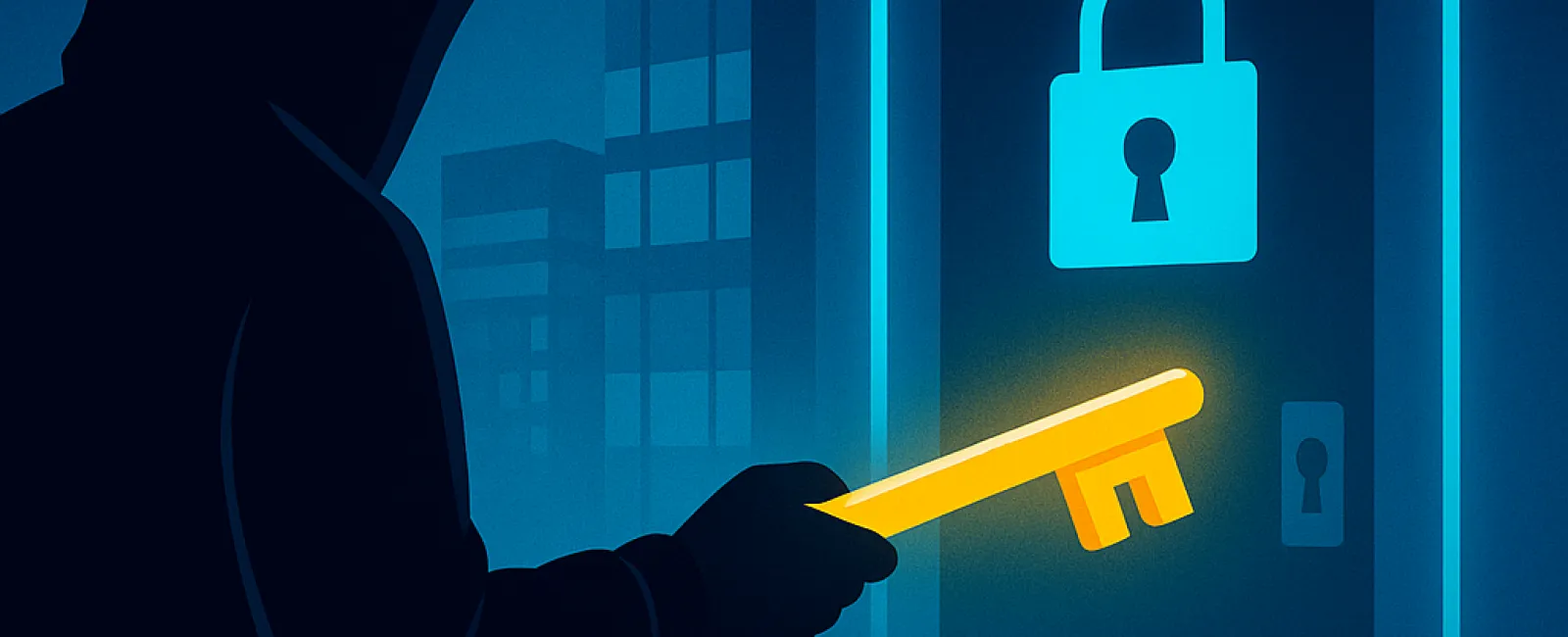August 04, 2025
Cybercriminals are evolving their tactics to bypass physical intrusions. Now, they infiltrate small businesses silently by exploiting your most valuable asset: your login credentials.
These are known as identity-based attacks, rapidly becoming the primary method hackers use to breach systems. They harvest stolen passwords, deceive employees with fraudulent emails, or overwhelm staff with repeated login attempts until someone unknowingly grants access. Sadly, this method is proving frighteningly effective.
One cybersecurity firm revealed that in 2024, a staggering 67% of major security breaches originated from compromised login details. Even giants like MGM and Caesars suffered from these attacks recently — so small businesses are far from safe.
How Do Hackers Gain Access?
Often, these breaches begin with something straightforward like stealing a password. But the strategies are becoming increasingly sophisticated:
· Phony emails and fake login pages are designed to trick employees into revealing their credentials.
· SIM swapping enables attackers to intercept two-factor authentication (2FA) codes sent via text messages.
· MFA fatigue attacks bombard users with login requests until someone unknowingly taps "Approve."
Additionally, hackers target personal devices used by employees and external vendors, such as help desks or call centers, to find vulnerabilities.
Effective Ways to Safeguard Your Business
The good news? Protecting your business doesn't require technical expertise. Implementing a few key measures can significantly bolster your defenses:
1. Enable Multifactor Authentication (MFA)
Add a vital extra layer of security during logins. Prioritize app-based or security key-based MFA, which provides much stronger protection than text message codes.
2. Empower Your Team with Training
Your employees are your first line of defense. Teach them to identify suspicious emails and login requests and instruct them on reporting potential threats.
3. Restrict User Access
Limit permissions so employees can only access what they need. This minimizes the damage if an account is compromised.
4. Adopt Strong Passwords or Go Password-Free
Encourage using password managers or switch to biometric logins and security keys that eliminate the risks associated with passwords.
Final Thoughts
Cybercriminals relentlessly pursue your login details and continuously invent new tricks. Staying protected isn't about going it alone.
We're here to help. We'll equip your business with robust security measures that don't overcomplicate your team's workflow.
Want to know if your business is vulnerable? Let's talk. Click here or give us a call at 920-818-0900 to book your 15-Minute Discovery Call.



